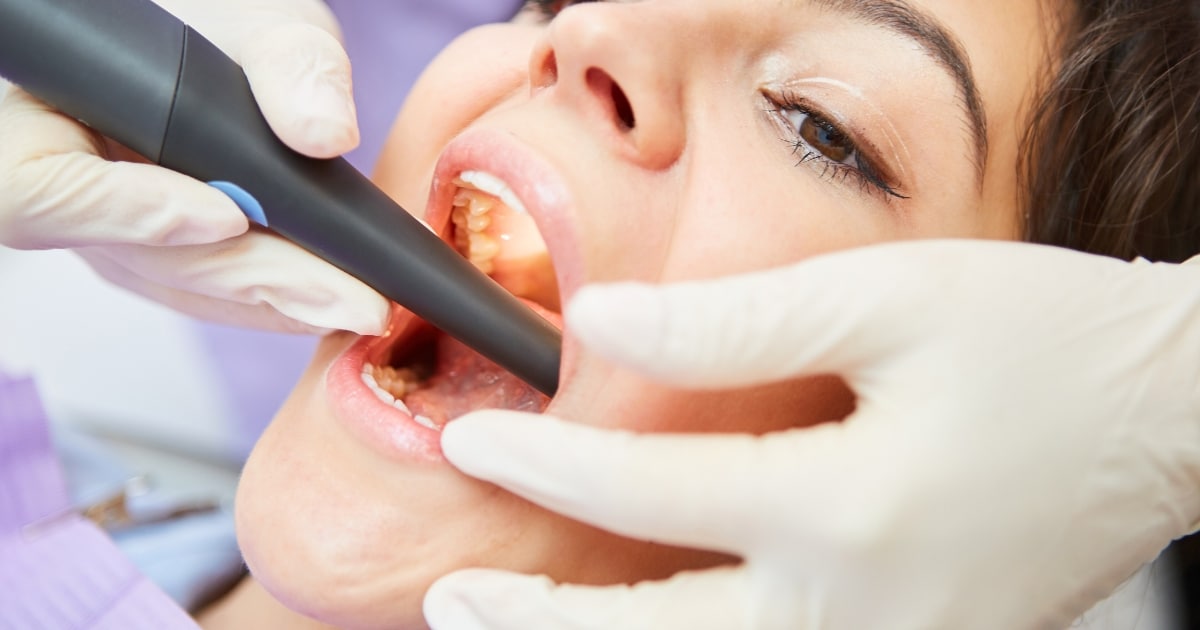Scared of root canals? This dental procedure has long been misunderstood and is often associated with pain and discomfort. However, you can alleviate pain and save your natural tooth. It will allow dentists to remove your infection while preserving your tooth’s function and appearance.
Advancements in modern dentistry have made the procedure highly effective and virtually painless. Read this blog to learn about the science behind this and why they are a crucial treatment.
Understanding the Anatomy of a Tooth
Your tooth is composed of multiple layers. Each serves a vital role in its function and durability. The outermost layer and the hardest substance of your tooth is called enamel. It will protect the inner layers of your tooth from bacteria. Dentin is beneath the enamel and is slightly softer.
Your pulp is the innermost part of your tooth, housing nerves, blood vessels, and connective tissue. It is no longer essential once your tooth is fully mature.
When the pulp becomes infected, it can cause severe pain and lead to serious complications. Cavities can reach your pulp and infect the tissue. Multiple treatments on the same tooth can weaken its structure and irritate the pulp.
What is The Science Behind Root Canal Therapy?
Wondering about the science behind Root canal therapy? It is a precise procedure that can remove infection and protect you from further damage. Here’s a step-by-step breakdown of how it works:
Diagnosis
The dentist will use X-rays and other diagnostic tools to assess the extent of your damage. If the pulp is infected or inflamed, this procedure can help you prevent tooth loss.
Anesthesia
Before the procedure begins, the dentist will numb your infected area using local anesthesia. Contrary to popular belief, this treatment will not cause pain.
Cleaning the Canals
The dentist will drill a small access hole in your tooth and remove the infected pulp. The professional will use tiny instruments to clean, shape, and disinfect your teeth canals, ensuring no bacteria is left behind.
Filling and Sealing
Once the canals are cleaned, the dentist will fill the empty canal with a biocompatible material called gutta-percha. It will prevent the bacteria from re-entering your tooth and cause further infection.
Crown Placement
Your treated tooth may become fragile. A dental crown is often placed over it to restore your dental strength and function. This step ensures that your tooth remains intact and can handle normal activities.
Modern Technology
Advancements in dental technology have significantly improved this procedure’s success rates. Digital imaging provides detailed views of the tooth’s structure, while laser-assisted procedures ensure thorough cleaning with minimal discomfort.
Why Root Canals Save Your Smile?
Root canal therapy will offer you several advantages. You can keep your original tooth, which is always better than an artificial replacement. It will help you maintain proper alignment and function. If left untreated, an infected pulp can lead to systemic health issues. You can remove the infection before it can spread to other areas.
According to studies, this dental procedure has a success rate ranging between 86-93%
Tooth extraction may seem like a simpler option, but replacing a lost tooth can cost you a lot. This method will provide you with a more economical and lasting solution. Once it is complete, you can chew and speak without discomfort or complications.
How To Recover After A Root Canal?
Your recovery will be smooth and manageable. You might experience mild soreness for a few days. Manage it with over-the-counter pain relievers. You might experience sensitivity when chewing until the crown is placed. Brush and floss daily to keep your teeth healthy. Avoid chewing hard foods on the treated tooth.
A root canal is a safe and effective way to save your damaged tooth and prevent further complications. By understanding the science behind the procedure, you can feel more confident about seeking treatment when needed. If you experience persistent tooth pain, consult your dentist promptly.
Are you ready to safeguard your natural tooth? Seek professional care and treatment today!




